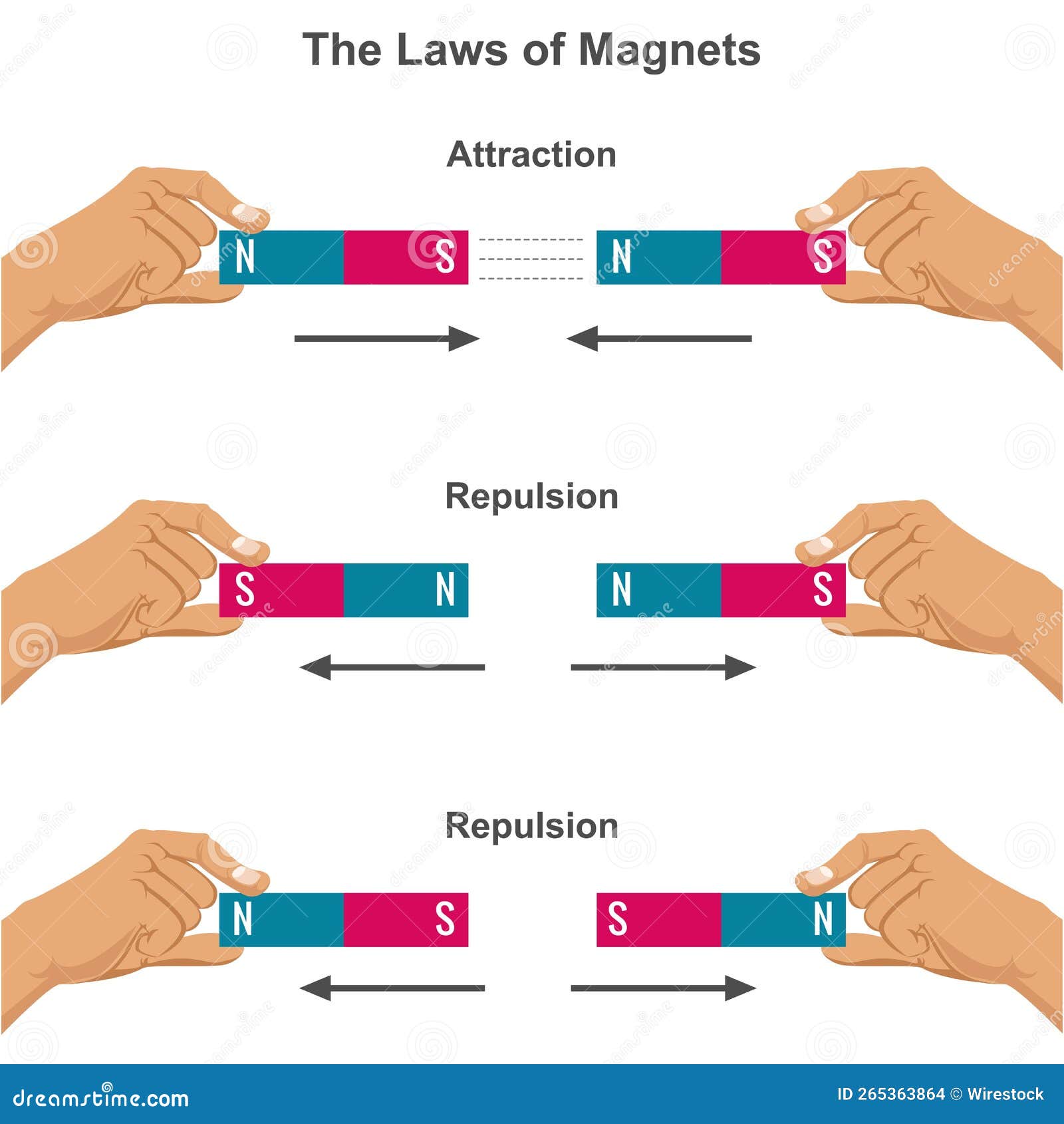The Casimir effect, a phenomenon grounded in quantum field theory, has long fascinated physicists due to its implication of an observable force arising from the vacuum of space itself. In conventional understandings, the Casimir force manifests as an attractive force between two uncharged, parallel conducting plates in a vacuum, attributable to quantum fluctuations of the electromagnetic field. However, recent explorations into the negative Casimir force have sparked a paradigm shift, presenting scenarios in which attraction transitions into a repulsive mechanism. This article delves into the intricacies of the Casimir effect, the mechanisms underlying its potential for negative forces, and the implications this has for both theoretical and practical physics.
The Concept of Quantum Vacuum Fluctuations
At the crux of the Casimir effect lies the theory of quantum vacuum fluctuations. The vacuum, traditionally thought to be devoid of matter, is actually teeming with virtual particles constantly emerging and annihilating within incredibly short timescales. This turbulent backdrop of activity gives rise to a measurable force between close-placed surfaces. As two plates approach each other, the available modes of these virtual particles diminish between them compared to the outside region, resulting in an imbalance of pressure and effectively pulling the plates toward one another.
Transitioning to Repulsive Forces
Under conventional descriptions, the force arising from the Casimir effect is inherently attractive. However, recent theoretical advancements postulate conditions under which this force can convert into a repulsive one. This shift appears to be rooted in modifications to the boundary conditions at the surfaces of the conducting plates. Various configurations, such as employing materials with negative permittivity or permeability, can radically alter the interactions between the fluctuating fields. Researchers have heralded experimental designs utilizing metamaterials as promising avenues for observing negative Casimir forces.
Metamaterials: The Key to Repulsion
Metamaterials are engineered composites designed to possess exceptional properties not typically found in nature. By manipulating the electromagnetic response of materials at sub-wavelength scales, these structures can exhibit negative refractive indices. As a consequence, the Casimir force can transition from an attractive state to a repulsive one when these materials are employed. This innovation opens avenues for practical applications, such as contactless propulsion systems and advanced micro-electromechanical systems (MEMS).
Quantum Field Theoretical Perspectives
To gain a deeper understanding of the negative Casimir force, one must consider the implications from a quantum field theoretical perspective. The presence of complex dielectric responses in certain materials engenders a scenario where the effective energy density of the vacuum can yield negative contributions. At a critical separation threshold, the attractive potential can become thwarted as repulsion dominates, necessitating a reevaluation of fundamental force interactions. This not only highlights the peculiar nature of quantum field dynamics but also reverberates through our understanding of emergent phenomena within the quantum realm.
Experimental Evidence and Challenges
Despite the theoretical groundwork establishing the feasibility of negative Casimir forces, empirical validation remains a formidable challenge. Most experiments addressing the Casimir effect have consistently documented attractive forces, primarily due to the limitations of current technologies and methodologies. Nevertheless, increasingly sophisticated apparatuses capable of manipulating nanoscale distances and leveraging extreme conditions are paving the way for feasible observations of repulsive Casimir effects. Innovations in nanofabrication techniques could yield the precision necessary for detecting these elusive forces, providing a sprightly avenue for future research.
Implications for Modern Physics
The exploration of negative Casimir forces catalyzes a myriad of implications across fundamental physics and application-oriented domains. For instance, the manifestation of repulsion at the nanoscale offers a reconfigured outlook on phenomena such as quantum coherence and the trajectory of particle interactions. Beyond theoretical musings, the practical ramifications may prove transformative in engineering disciplines. Imagined applications include advanced nanoscale motors, alterations in the effectiveness of quantum computing, and novel methods for manipulating material properties at an atomic scale.
Philosophical Considerations
Delving into the realm of Casimir forces, both attractive and negative, inevitably leads to philosophical inquiries concerning the nature of reality. What does it mean for a force to transition from attraction to repulsion based on contextual variables? This linear perception of interaction is decoupled by quantum mechanics, which recognizes that forces are not static but rather contingent upon the dynamics of the system. As researchers navigate through the implications of these findings, the dialogue surrounding the nature of forces, locality, and the very fabric of the universe continues to grow richer.
Conclusion: A New Paradigm
The transition of the Casimir force from attraction to repulsion embodies a remarkable discovery that promises to enrich our understanding of quantum mechanics and material science. By harnessing metamaterials and exploring the subtleties of quantum vacuum fluctuations, physicists are poised to uncover a plethora of applications that could reshape technology as we know it. The journey from theoretical postulation to observable phenomenon is fraught with challenges, yet it is precisely in these challenges that the potential for scientific revolutions lies. A careful examination of negative Casimir effects not only catalyzes technological innovation but also invites deeper inquiry into the mysteries of the quantum cosmos, compelling us to rethink the very essence of force and interaction in our universe.












